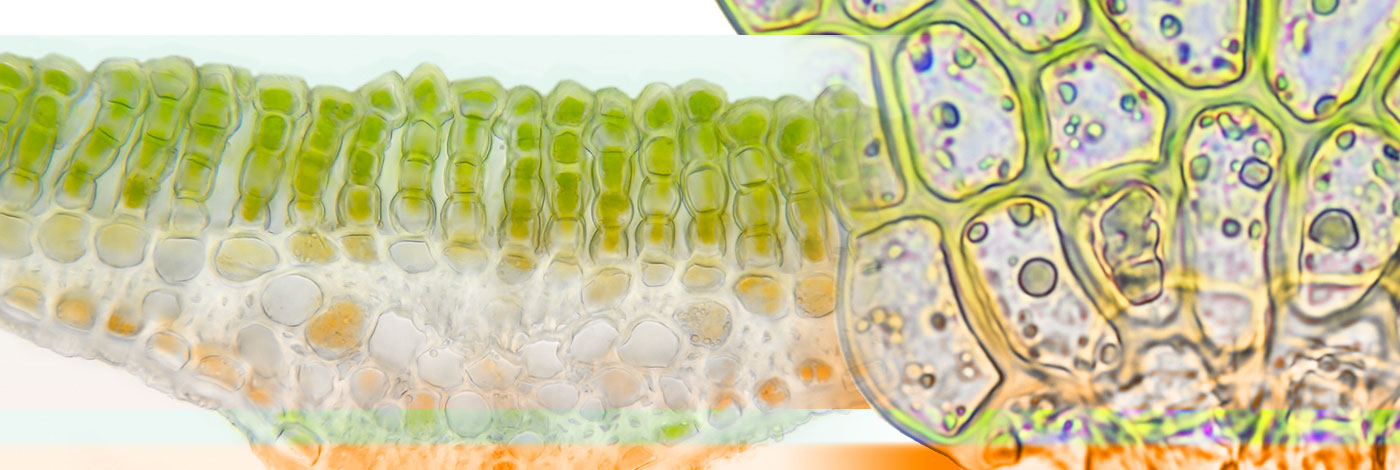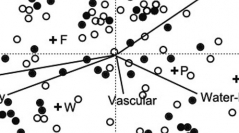

 Cryptogamie, Bryologie
30 (4) - Pages 477-500
Cryptogamie, Bryologie
30 (4) - Pages 477-500Epiphytes constitute a major component of tropical forests. However, human caused disturbances can alter the structure and diversity of epiphyte community. We surveyed and compared the diversity and distribution of epiphytic bryophytes on host tree trunks within 0-2m above ground in two old-growth and three secondary forests in Xujiaba, Mt. Ailao, SW China, in order to see whether disturbed forests have lower diversity and to identify environmental variables that can influence epiphyte distribution.
We recorded 176 species in total 38 families. Meteoriaceae was the dominant families in terms of species richness (24 species). Species richness did not differ between old-growth and secondary forests, however, beta diversity indexes were severely reduced in secondary forests. The life forms differed in preferences to some forest types: fan (moss) and rough mat (moss) preferred old-growth forests, while turf (moss) was commoner in secondary forests.
The degree of abundance of CWD (Coarse Woody Debris), atmospheric relative humidity, the roughness and water-holding capacity of host bark were the four environmental variables found to be significantly influencing the distribution of life forms in epiphytic bryophytes in the study area. Although secondary forests were similar to old-growth forests in epiphytic diversity, the absence of particular bark features in trees in secondary forest limited the growth of certain life form groups. Besides retaining CWD in old-growth forest, forest management should encourage the protection and rehabilitation of trees with special bark features to enhance the diversity of epiphytic bryophytes.